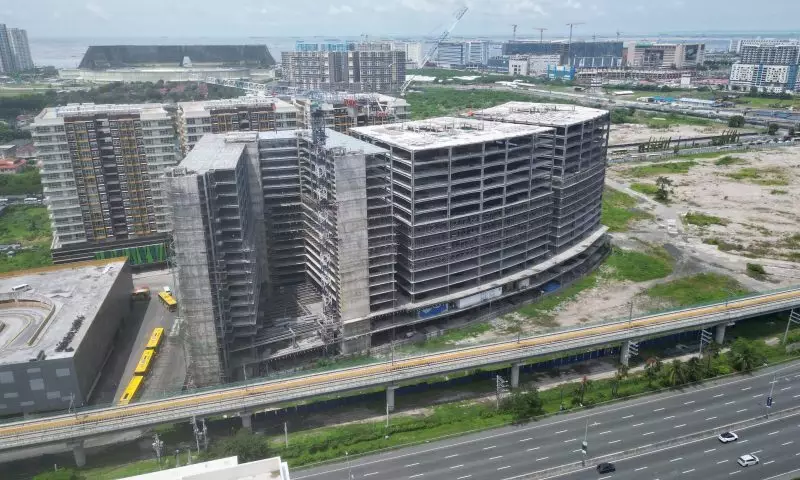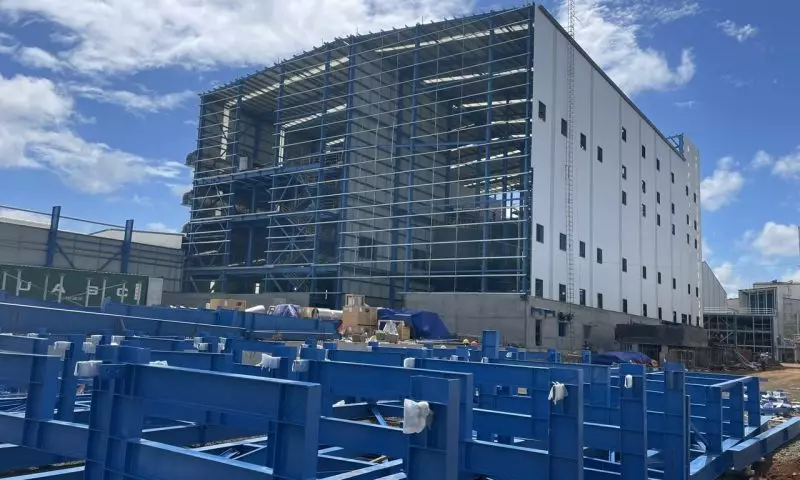Latest news

Structural Steel - 16/09/2025
Top Structural Steel Design Solutions: Strength, Safety, and Efficiency
In today’s fast-paced industrial landscape, investors need infrastructure that balances rapid delivery with long-term reliability. At the core of this balance is structural steel design, a discipline focused on...

Structural Steel - 24/12/2024
Essential Considerations When Choosing Steel Structure Contractors
Choosing the right steel structure contractor is crucial for the success of your construction project. This article explores important considerations to keep in mind when selecting a contractor, including...

Structural Steel - 14/08/2024
What is a single-pile steel structure? Classification and construction process
A single steel foundation structure is a crucial element in the construction industry, playing a key role in ensuring the durability and safety of buildings. Understanding the steel structure...

Structural Steel - 12/08/2024
Common structural steel systems in the construction of high-rise buildings
In the context of rapid urbanization, high-rise buildings are emerging not only to meet the demand for living and working spaces but also to showcase the development and modernity...

Structural Steel - 08/08/2024
What is a foundation beam steel structure? Principles of steel beam foundation layout
In the construction industry, the foundation beam steel structure plays a fundamental role in determining the stability and safety of the entire project. As a system of steel beams...

Structural Steel - 06/08/2024
The steel structure in harsh environments
Steel structures play a crucial role in the construction industry, especially when facing harsh environmental conditions. From extreme temperatures and corrosive agents to significant seismic activity, steel structures are...

Local websites
Vietnam
Vietnam
Sales Office - Philippines

-
Local websites
-
Vietnam
-
Vietnam
-
Sales Office - Philippines
Global website
Learn all about Pebsteel, our worldwide solutions and projects.
Global website






